
Jamie Saw on Unsplash
If you consider working remotely for the first time when starting an intensive 23-day study program, may I caution you to reconsider? The choice was thrust on me due to computer failure, and even though I am comfortable working without a paper backup, not having access to my regular filing system as well as the lack of consistency of tools across the four computers I used definitely caused additional difficulties that were unnecessary. It did point out what a creature of habit I have become in my computer use and therefore forced me to reconsider my use of online tools.
As a part-time administrator, I have not taught a course for two years, and this year I picked up half an overflowing course in October. I learned Google Classroom (n.d.), exploring quite a bit its bells and whistles and played Kahoots (n.d.) with my students. We used Desmos, an iPad Rotating Sphere Clinometer (n.d.) app, and assorted online tools for what could be boring practice. Our room was vibrant and noisy as we interacted and contributed to each other’s understanding. I utilized structured, controlled, and guided inquiry, with some students taking the opportunity to do free inquiry and present their findings to the class. Our philosophy was “the answers are in the room” and that learning did not require the teacher – though often the questions started from me because the students did not know where to go because of insufficient background.
This summer’s courses have been presented the same way I teach, except on a grander scale. The questions start from the instructors, with some guidance in the readings and presentations, and the rest of the work takes place at home as we research further, documenting some of our work in blogs (and some more privately in notes). My private notes have a number of highlighted areas for further research, my Feedly (n.d.) has some great blogs to read through (and read backwards through) and my Tweetdeck (n.d.) has a number of threads I want to backtrack through. I think it is at least an August’s worth to just catch up! The two courses have set us on the path of gathering information from both traditional sources (books, journals and articles) as well as current sources (blogs and Twitter) so we have a balance between solid academic research articles and fresh ideas being presented by practicing educators. Some of the sources I can discredit based on my experience, but the evaluation technique explored and the methodology understanding I have gained through EDCI 515 have provided me with more solid tools with which to appraise both the traditional studies as well as the contemporary resources. Looking at the Researcher, the Research, the Researched and the Reader applies to blogs and Twitter links as you can see anomalies: the researcher is pushing a book based on a particular company’s product, the researched have nothing in common with the situation you are addressing, or the research is based on some strange bias.
In my own research towards a master’s project, I am going to be wading through studies on appropriate presentation methods for success in online learning environments. Once we learned about action research, I was sure my research would focus in that type of study. I have read a few articles in those areas. Having reached the end of the course, I realize that if I want to include the indigenous perspectives in the tools that I may be curating and creating, I may need to look at other types of studies as well. Research methods more suited to indigenous students may not be action-research based
My ideal goal is to collect and create a body of mathematical resources, organized by the British Columbia Ministry of Education (BCEd) grade 9 through 11 pre-calculus course requirements, for an online math student community of learners who do not need a teacher, only a moderator; basically, a one-room classroom but digital and without a teacher. This means there may need to be a significant number of resources available. Considering I have quite a few myself after having taught Math 9 and 10 a number of times over the last twenty years, it could be doable as one project. My colleagues may be interested in contributing because a successful project could ultimately benefit the students in their classrooms. We have worked hard to establish an open Math Help Centre at school and an Online Math Help Centre with different tools could contribute positively.
Part of my research may also be for good, free, non-copyrighted tools or tools that may be available for an extended period of time. Students should have the opportunity to develop inquiry skills to prepare them for future math courses. Finding a tool or method to preserve some student anonymity while allowing for building a community while not under the protection of a school system may be too much for my current level of expertise. I may need to limit student access, at first, to those enrolled at our school and therefore under the protection of the security offered by our technical support team maintaining our systems. Although I do want it to be open access, I want it to be safe for students as well. I have ruled out the possibility of using Twitter because it is too public for students. I do not want to own student data, so even the use of a website or a WordPress (n.d.) site is questionable. Yet, where could I have the information hosted so that both the students and I are safe (and safe from each other) and the privacy policies adhere to Canadian law? Big question and more research to go.
I came into this summer of courses thinking I knew what type of project I wanted to have as a capstone to my master’s degree. After a few weeks of classes, my scope is much larger as I realize my original idea did not include the development of a learner community, which is something I value, the research I think I should do has snowballed based on learning more about the types of research there is, and the list of things I need to learn how to do has become much longer. How big am I willing to let this be? How much time am I willing to put in and then, once it is created, how much time am I willing to spend maintaining the creation? In this type of project, where it is something that stands alone but is not static, it would be irresponsible to let it go like a helium balloon on a string (which is also irresponsible). After I spend more time researching, will I need to let this idea go and move into something smaller and more manageable? Well, I have not been one to play it safe, so research adventure, here I come!
Bibliography
Chambers, C., Hasebe-Ludt, E., Donald, D., Hurren, W., Leggo, C., & Oberg, A. (2008). Métissage: A Research Praxis. In J. Knowles & A. Cole, Handbook of the Arts in Qualitative Research: Perspectives, Methodologies, Examples, and Issues (pp. 142–154). https://doi.org/10.4135/9781452226545.n12
Ellis, C., Adams, T. E., & Bochner, A. P. (2010). Autoethnography: An Overview. Forum Qualitative Sozialforschung / Forum: Qualitative Social Research, 12(1). https://doi.org/10.17169/fqs-12.1.1589
Engin, M. (2011). Research Diary: A Tool for Scaffolding. International Journal of Qualitative Methods, 10(3), 296–306. https://doi.org/10.1177/160940691101000308
Graham, L. & Roberts, V. (2018). Sharing a Pragmatic Networked Model for open pedagogy: The Open Hub Model of Knowledge Generation in Higher-Education Environments. International Journal on Innovations in Online Education, 2(3). Retrieved from http://onlineinnovationsjournal.com/download/166ed2992d9a3c9d.pdf
Gu, P., & Lee, Y. (2019). Promoting Students’ Motivation and Use of SRL Strategies in the Web-Based Mathematics Learning Environment. Journal of Educational Technology Systems, 47(3), 391–410. https://doi.org/10.1177/0047239518808522
Johnson, H. L., Hornbein, P., & Bryson, D. (2016). Designing Online Playgrounds for Learning Mathematics. The Mathematics Teacher, 110(4), 298–303. https://doi.org/10.5951/mathteacher.110.4.0298
Kim, C., Park, S. W., Cozart, J., & Lee, H. (2015). From Motivation to Engagement: The Role of Effort Regulation of Virtual High School Students in Mathematics Courses. Journal of Educational Technology & Society; Palmerston North, 18(4), 261–272.
McAteer, M. (2013). Action Research in Education. https://doi.org/10.4135/9781473913967
Office of the Information & Privacy Commissioner for British Columbia. Cloud Computing Guidelines for Public Bodies. (2012). Retrieved from https://www.oipc.bc.ca/guidance-documents/1427
Pete, S. (2017). Idle No More: Radical Indigeneity in Teacher Education. In F. Pirbhai-Illich, S. Pete, & F. Martin (Eds.), Culturally Responsive Pedagogy: Working towards Decolonization, Indigeneity and Interculturalism (pp. 53–72). https://doi.org/10.1007/978-3-319-46328-5_3
Tessaro, D., Restoule, J.-P., Gaviria, P., Flessa, J., Lindeman, C., & Scully-Stewart, C. (2018). The Five R’s for Indigenizing Online Learning: A Case Study of the First Nations Schools’ Principals Course. 40, 125–143.
Weller, M. (2018). The Digital Scholar Revisited. The Digital Scholar: Philosopher’s Lab, 1, 52–71.
Resources
Desmos. https://www.desmos.com/
Feedly. https://feedly.com
Google Classroom. https://classroom.google.com/
Kahoot. https://kahoot.com/
Rotating Sphere Clinometer. https://apps.apple.com/us/app/rotating-sphere-clinometer/id1190844563
TweetDeck. https://tweetdeck.twitter.com/
Twitter. https://twitter.com/home?lang=en
WordPress. https://wordpress.com

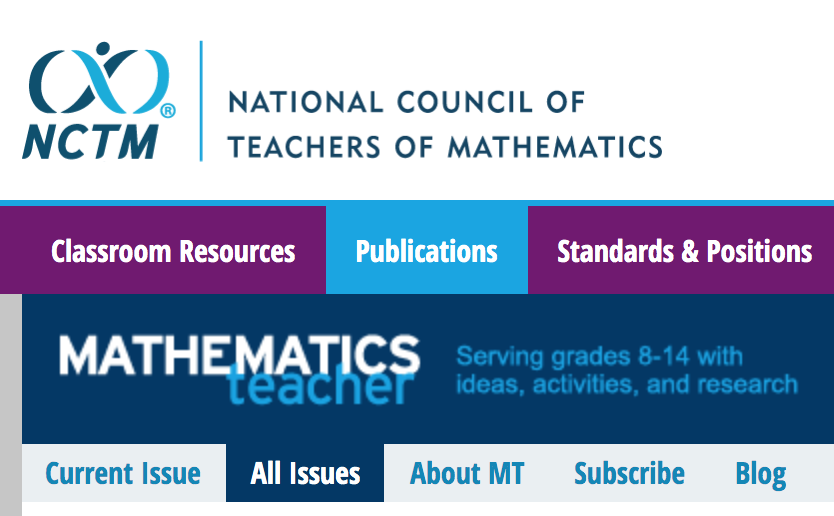
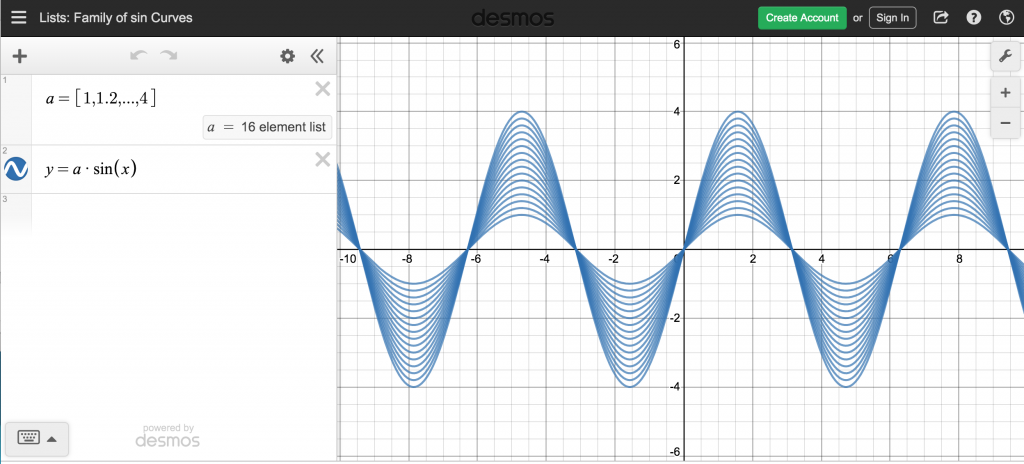

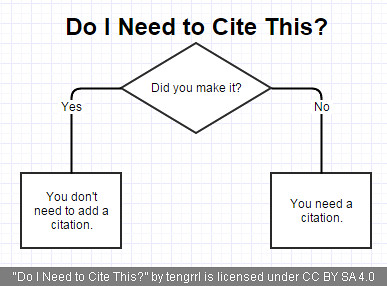
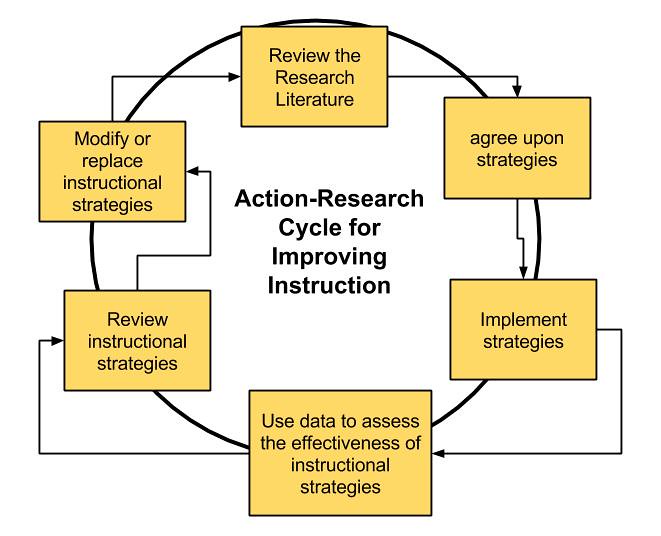

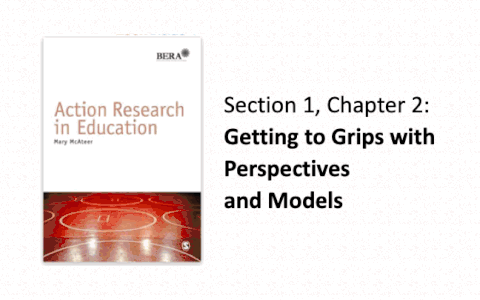






Recent Comments